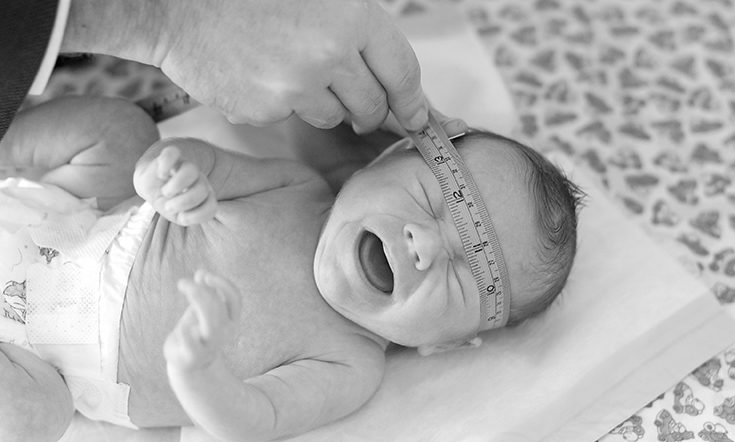

I’m sure you’ve seen the growth charts for tracking the weight, length and head circumference of your baby in their Maternal & Child Health book.
Simply put, if your baby is on the 50th centile for weight this means that 50% of the population is heavier than him or her and 50% lighter. That’s ‘average’. If he or she is on the 90th centile only 10% of the population is heavier and 90% is lighter, and the same for height and head circumference. So it’s a guide for tracking what is average.
Simple. But I keep meeting parents who worry about these growth charts. Here are a few scenarios that might sound familiar to you.
The Smaller Sized Baby
I met a baby recently with a tiny mother and father who were worried about him. He was on the 3rd centile for weight, length and head circumference. Then he went to childcare, got a run of viruses and lost his appetite for a few weeks. His weight fell below the 3rd centile. Panic. “He’s off the chart!” He was small, like his parents, well nourished and recovering from infections. If he’d been on the 50th and dropped to the 25th there wouldn’t have been so much anxiety.
The Baby With Larger Head Circumference
I’ve seen a couple of babies in the last week whose weight and length are on the 50th but their head circumferences are on the 90th. Some babies just have big heads (usually there are other big heads in the family). Sometimes we do a head ultrasound just to silence all the anxious remarks from childcare, grandparents, and strangers in shopping centres.
The Baby That Was Big but Isn’t Anymore
A really frequent worry is for the baby whose weight was on the 50th from birth onwards and now, at nine months old, it has dropped to the 15th. We see this especially in babies who are fully breastfed, who aren’t particularly fond of spoon foods (yet!), and never stop moving. Obviously these babies should be seen for a medical check for everyone’s peace of mind, but the giveaway to their good health is that they are active and happy. Babies who are ‘failing to thrive’ are usually miserable and lethargic.
Remember average is usually normal, but normal is not always average.
*This article was first published on www.babydoc.com.au and has been republished here with full permission.























